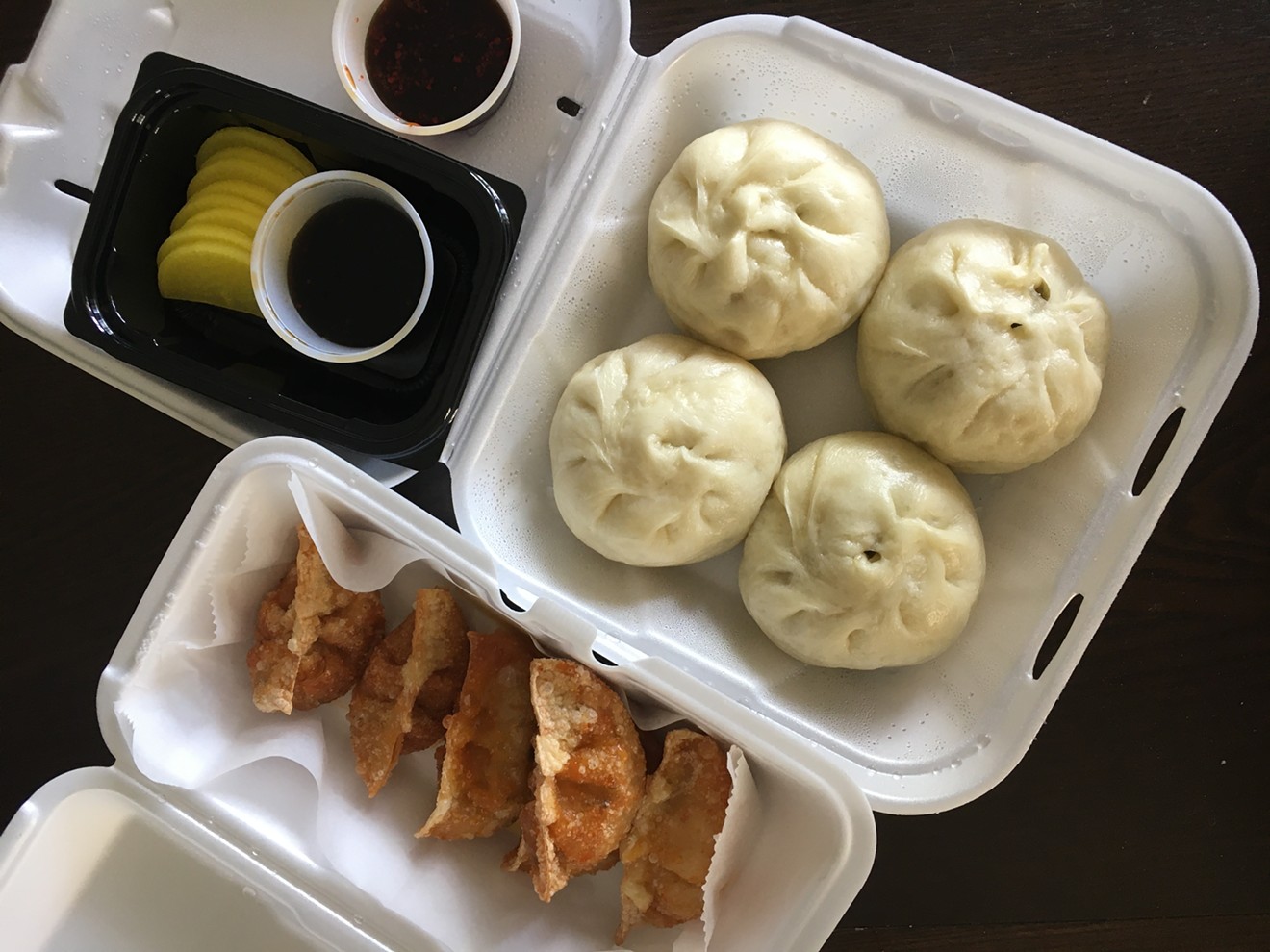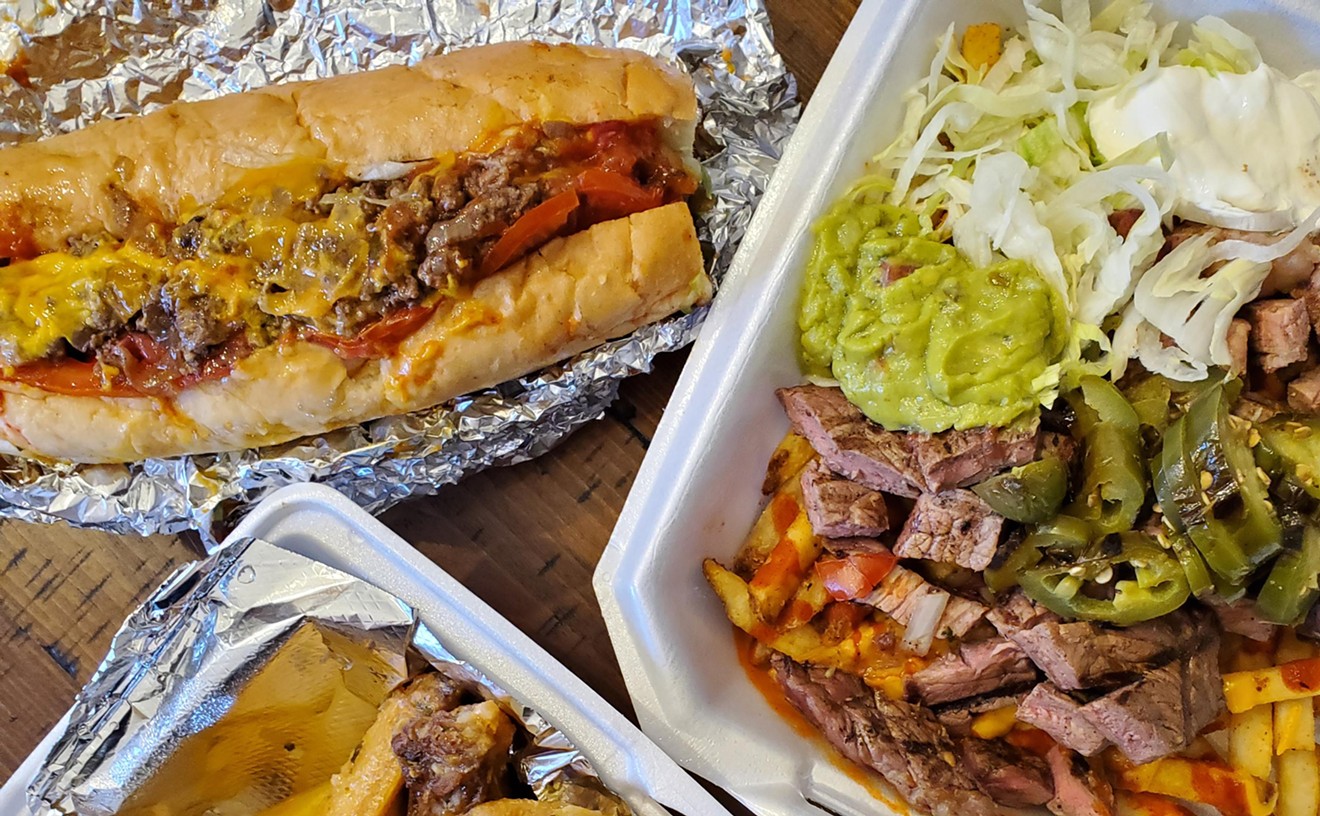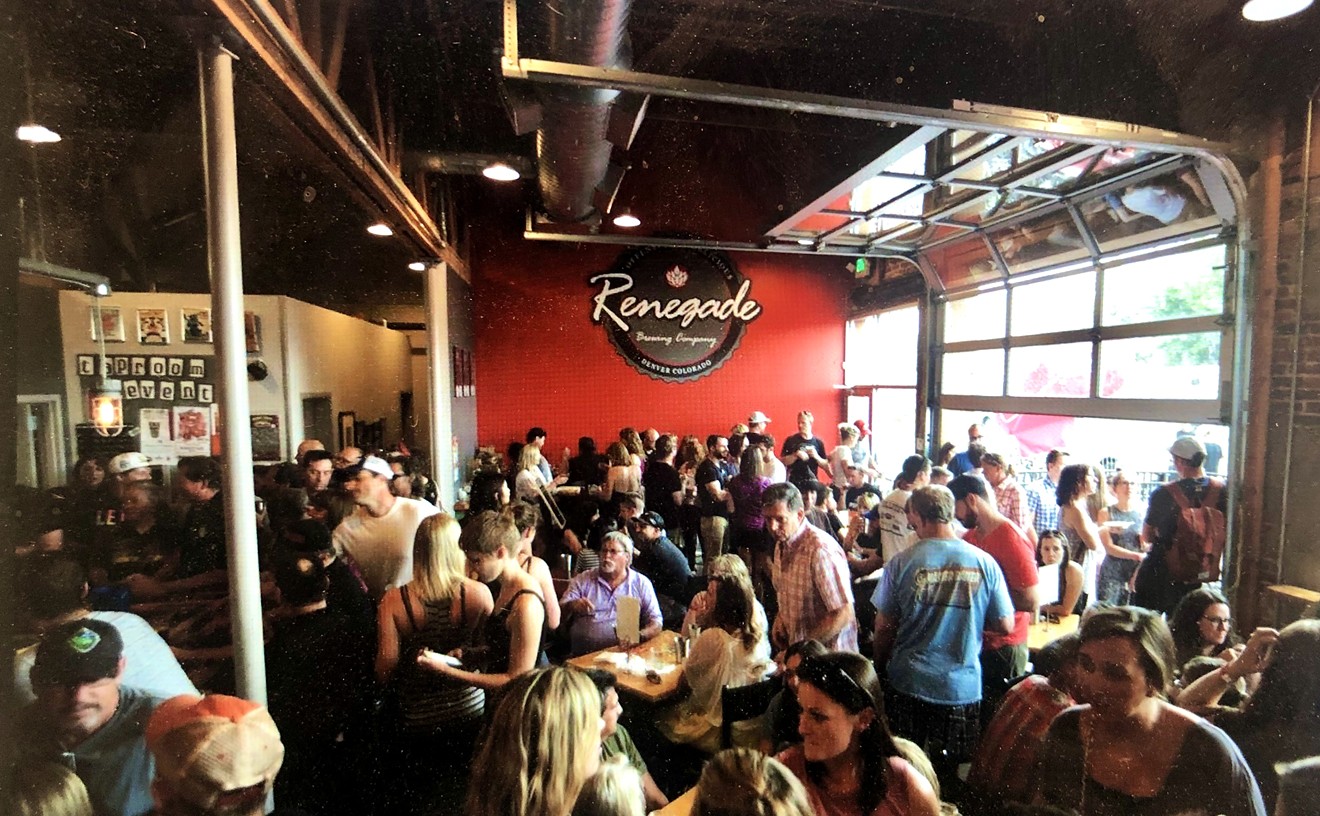Seoul ManDoo opened in mid-May with nothing but a kitchen, an order counter and a menu posted to Instagram, in a strip-mall space that's been home to a number of other eateries (most recently Imone Korean Restaurant). The eatery is owned by JW Lee, who also owns Seoul Korean BBQ, Sushi & Hot Pot just a few blocks north, as well as Thank Sool Pocha, a Korean pub in the same strip mall as the dumpling shop. Today Seoul ManDoo also has a compact dining room that boasts a couple of tables for those who can't wait to dig into their dumplings, but in-house seating wasn't available for the first two weeks of business because of statewide coronavirus restaurant restrictions that weren't lifted until May 27.
Still, ripples quickly spread through social media, and the little eatery soon gained a following for takeout orders, according to general manager Rose Lee. The food is made from scratch all day, every day, by a small team of expert cooks who fill, fold and pleat each dumpling by hand. The main attraction is mandu, Korean dumplings that come in various shapes and sizes. Seoul ManDoo makes standard mandu, called "Seoul dumplings" on its menu, that look similar to Japanese gyoza or Chinese potstickers and come filled with either kimchi or a beef-and-chive mixture. You can get them steamed or deep-fried, depending on whether you prefer a soft texture or a crackly wrapper. Lee says she plans on adding a pan-fried version so that you can experience the best of both worlds — a tender dumpling with a crunchy bottom.

Hefty wang mandu come filled with clear noodles and a choice of pork, kimchi or galbi.
Mark Antonation
That style of dumpling should be familiar to most people in Denver, since they appear on appetizer rosters in all kinds of Asian restaurants, even if the fillings here are distinctly Korean. Rarer are Seoul ManDoo's wang mandu, hefty steamed dumplings similar to Chinese baozi. The wrapper on the wang mandu (also known as "the king's dumpling") is softer and breadier than that of its smaller cousin, and the fillings are different. You can order these dumplings stuffed with minced pork and japchae (clear noodles made from sweet potato starch), or with kimchi and the same noodles. For a little more heft and a little more money, there's also a galbi (marinated beef rib) version.
The wang mandu come in two shapes: The meat-filled dumpling is round and tennis ball-sized, with a spiral of pleats on top, while the kimchi dumpling is oval with a zipper pleat. Both kinds are filling, so an order of four for $12 ($14 for galbi) makes a substantial meal for one person. For variety, share an order with a friend and also order a round of six Seoul mandu for $8; both styles come with regular or spicy soy-based dipping sauces.
Lee hopes to soon add spicy rice cakes and noodle bowls to the menu, but for now the minimalist dumpling offerings are more than enough to create a workable, streamlined business model during a difficult economic time for restaurants. Find the menu at instagram.com/seoul.mandoo, then place your order, or reserve a table by calling 303-953-9590.
Seoul ManDoo also sells packs of 25 frozen Seoul dumplings for $20, so you can take them home and steam or fry them whenever you're in the mood for dumplings. They're easy to prepare: If you have a pot with a steamer insert, you can cook them straight from the freezer in about ten minutes. Pan-frying them in a little oil will add a nice crunch and some caramelized flavor, though, and if you want to add even more texture, you can follow a few extra steps to add a crackly "skirt" to your dumplings.
Here's a recipe for dumplings with a lacy skirt, adapted from New York City chef and food editor Sohla El-Waylly (follow her on Instagram at @sohlae):
Ingredients:
6 to 10 frozen Seoul dumplings from Seoul ManDoo
1 1/2 tablespoons rice wine vinegar
2 teaspoons all-purpose flour
2 teaspoons cornstarch
pinch of salt
1/2 cup of water
cooking oil

I used more liquid than the original recipe called for because I like more of a crackly crust than a lacy skirt.
Mark Antonation
Make a slurry by mixing the vinegar, flour, cornstarch, salt and water together in a small bowl or cup. Let it sit for about twenty minutes to let the flour and starch hydrate.
Heat a small amount of cooking oil (no more than a tablespoon) in a non-stick pan over medium-high heat, then add your dumplings in a star shape, with the flat side of the dumplings against the pan. Cook for about a minute, then turn the heat down to medium. Give the slurry a stir, then pour in enough so that it just covers the bottom of the pan. The less you use, the lacier the skirt will turn out, but that also makes it a little trickier to get the dumpling out of the pan.
The liquid will begin to spatter immediately, so partially cover the pan with a lid for about five minutes, leaving enough of a gap for steam to escape. Once the sizzling slows, lift the lid to see if your skirt has formed. It should be golden-brown and release easily from the pan, so if it's not quite there, give the dumplings another minute or two with the lid off.
The dumplings should hold together so that you can flip them all out onto a plate at once, with the lace holding them together in a circle. Don't worry if this doesn't work perfectly the first time; the dumplings will still taste good, and you've got more to practice with. Serve with a dipping sauce made with soy sauce, a splash of rice wine vinegar, a sprinkle of chile flakes and some minced chives.














